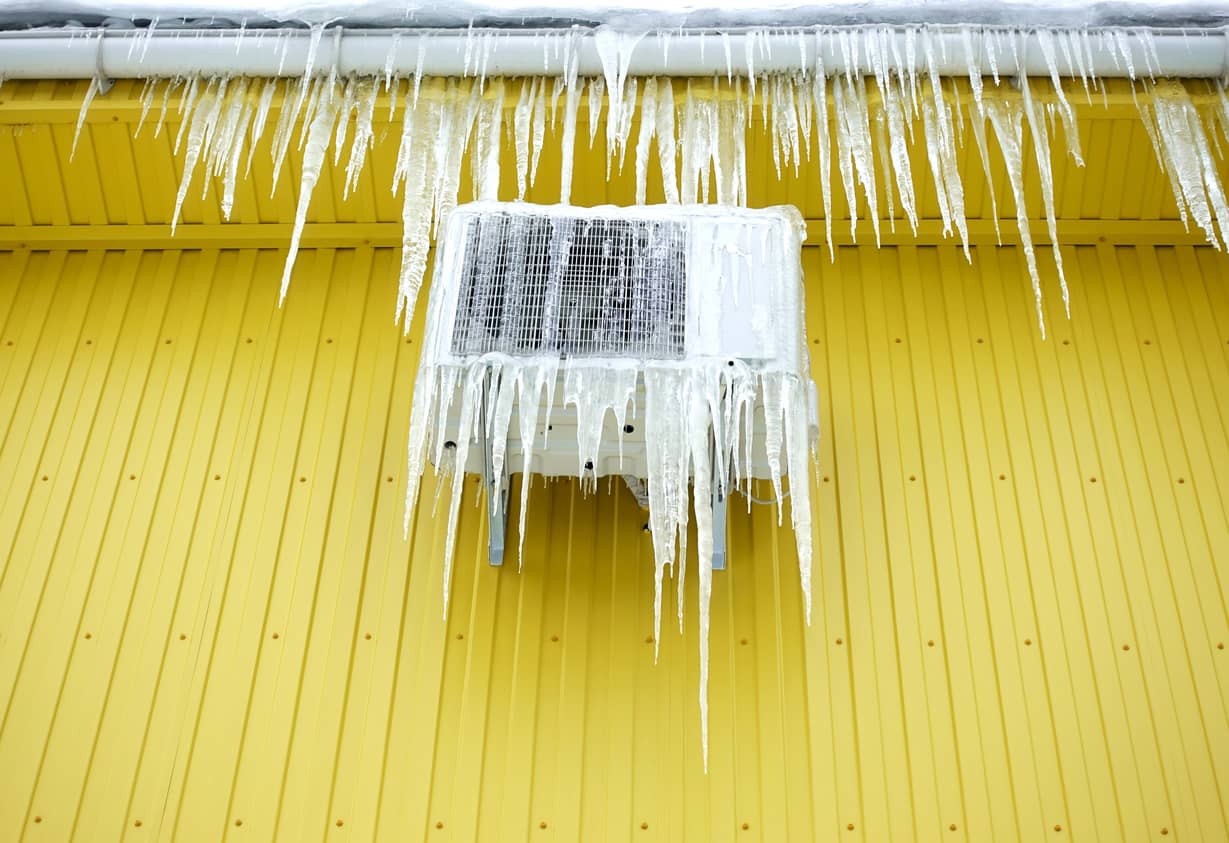Actions to Take If My AC Pipe Is Frozen - Immediate Solutions for Thawing
Actions to Take If My AC Pipe Is Frozen - Immediate Solutions for Thawing
Blog Article
How do you actually feel on the subject of How can I fix an air conditioner’s frozen pipe??

Intro
Uncovering that your air conditioning pipe is frozen can be worrying, particularly during hot summertime when you count on your air conditioner one of the most. Recognizing what to do in such a circumstance is vital to avoid more damages to your cooling system and guarantee your comfort inside your home.
Comprehending the Causes
A number of variables can add to the freezing of an air conditioning pipeline. Recognizing these causes can help you resolve the issue efficiently.
Lack of Airflow
One common root cause of a frozen air conditioner pipe is inadequate airflow. When the air flow over the evaporator coil is restricted, it can trigger the coil to drop below freezing temperature level, bring about ice development on the pipeline.
Reduced Refrigerant Levels
Insufficient cooling agent levels in your a/c system can also result in an icy pipe. Low cooling agent levels can create the pressure in the system to drop, leading to the freezing of wetness on the evaporator coil.
Cold Weather Conditions
In chillier climates, freezing temperature levels outside can add to the freezing of AC pipes. If your a/c system is not effectively insulated or if there are leaks in the ductwork, cold air can infiltrate the system, creating the pipe to ice up.
Dirty Air Filters
Unclean or blocked air filters can limit airflow in your air conditioner system, causing numerous concerns, including a frozen pipe. It's necessary to change or clean your air filterings system on a regular basis to guarantee correct air movement and protect against ice build-up.
Indications of a Frozen A/c Pipe
Acknowledging the signs of a frozen AC pipe is important for timely activity.
Reduced Airflow
If you notice a substantial decline in airflow from your vents, it could suggest an icy pipe.
Ice Buildup on the Pipe
Noticeable ice build-up on the refrigerant line or the evaporator coil is a clear indication of an icy air conditioner pipe.
Odd Sounds from the Unit
Uncommon noises, such as hissing or bubbling, coming from your air conditioner device can signify that there's ice existing on the pipe.
Immediate Actions to Take
When faced with a frozen air conditioner pipeline, it's vital to act quickly to avoid further damages to your air conditioning system.
Shutting off the air conditioning
The initial step is to turn off your air conditioner to avoid the system from running and worsening the concern.
Checking for Blockages
Evaluate the location around the indoor unit for any blockages that might be blocking airflow, such as furnishings or curtains.
Thawing the Pipe
You can utilize mild methods like positioning towels soaked in cozy water around the icy pipeline to aid thaw it gradually.
Safety nets
Taking safety nets can aid avoid future events of an icy air conditioning pipeline.
When DIY Methods Fail
If your efforts to thaw the pipe or address other issues are not successful, it's time to employ an expert.
Relevance of Hiring a Professional HVAC Technician
A certified HVAC professional has the experience and tools necessary to diagnose and repair concerns with your air conditioner system safely and successfully.
Routine Maintenance Checks
Arrange routine maintenance get in touch with a specialist HVAC specialist to guarantee that your air conditioner system is running efficiently.
Altering Air Filters
Regularly change or clean your air filters to stop airflow limitations and keep ideal efficiency.
Shielding Exposed Pipes
If your AC pipes are subjected to chilly temperatures, take into consideration shielding them to avoid freezing during cold weather.
Seeking Professional Help
If DIY techniques fail to deal with the problem or if you're uncertain concerning exactly how to proceed, it's best to seek aid from a qualified HVAC technician.
Conclusion
Managing a frozen a/c pipe can be a frustrating experience, however recognizing just how to react can help lessen damages and bring back convenience to your home. By comprehending the reasons, identifying the indicators, and taking prompt action, you can efficiently deal with the concern and avoid future incidents.
What to Do If Your AC Line Is Frozen
Make Sure All Supply and Return Air Vents Are Open
If you notice problems with airflow, the first thing you should do is check your supply and return vents. Supply vents distribute clean, conditioned air throughout your home. As this air becomes stale, it’s pulled into the return vent, where it’s reconditioned before being sent back out through the supply vent.
When these vents are closed, air won’t flow in the home. Before examining your AC, check the vents in every room and ensure they’re all open.
Check for a Dirty Air Filter
Another possible cause of limited airflow is a dirty air filter. Your air conditioner’s filters catch elements you don’t want to breathe in, such as dirt and dust. Over time, filters can become clogged, ultimately blocking air from flowing in and out. The lack of airflow can then cause the entire coil to freeze and will completely restrict any air from moving through it. The AC may need to be powered off for one to two days to allow the coil to thaw after replacing the filter to allow proper functioning of the unit. This debris can also accumulate on your AC’s evaporator coil, requiring a more serious repair. In general, air filters should be cleaned regularly (about every two weeks).
Assess Your Outdoor Unit
In addition to checking your AC, assessing the outdoor unit is a good idea. Also known as the condensing unit, it works with your interior unit to release heat outside. An issue with the outdoor unit can result in rising internal temperatures.
Overgrown Shrubs or Clogged Leaves
From leaves and twigs to shrubs and debris, there’s no shortage of outdoor elements that can accumulate around your condensing unit. When these elements get lodged inside the unit, they can block airflow. Fortunately, removing the blockage can solve the problem.
Sounds of a Broken Fan
Shrubs and leaves aren’t the only things that can impede your outdoor unit’s airflow. If the fan is broken, the unit won’t be able to properly get rid of heat — which means the internal temperature won’t go down. First, make sure the fan is spinning. If it is, check for the following sounds of a broken fan:
Buzzing Rattling Screeching Hissing Clicking Preventative Measures
Nobody wants to deal with a frozen AC line. In addition to causing problems with your air conditioner, they require professional repairs. On the bright side, there are preventative measures you can take to help ensure this issue doesn’t arise in the first place.
https://www.coopergreenteam.com/blog/what-to-do-if-ac-line-frozen

As a reader about What Causes AC Pipes To Freeze?, I was thinking sharing that section was essential. Sharing is caring. Who knows, you will be doing someone a favor. I recognize the value of reading our article about Air Conditioner Frozen? How To Fix your Frozen AC Line.
Click Here Report this page